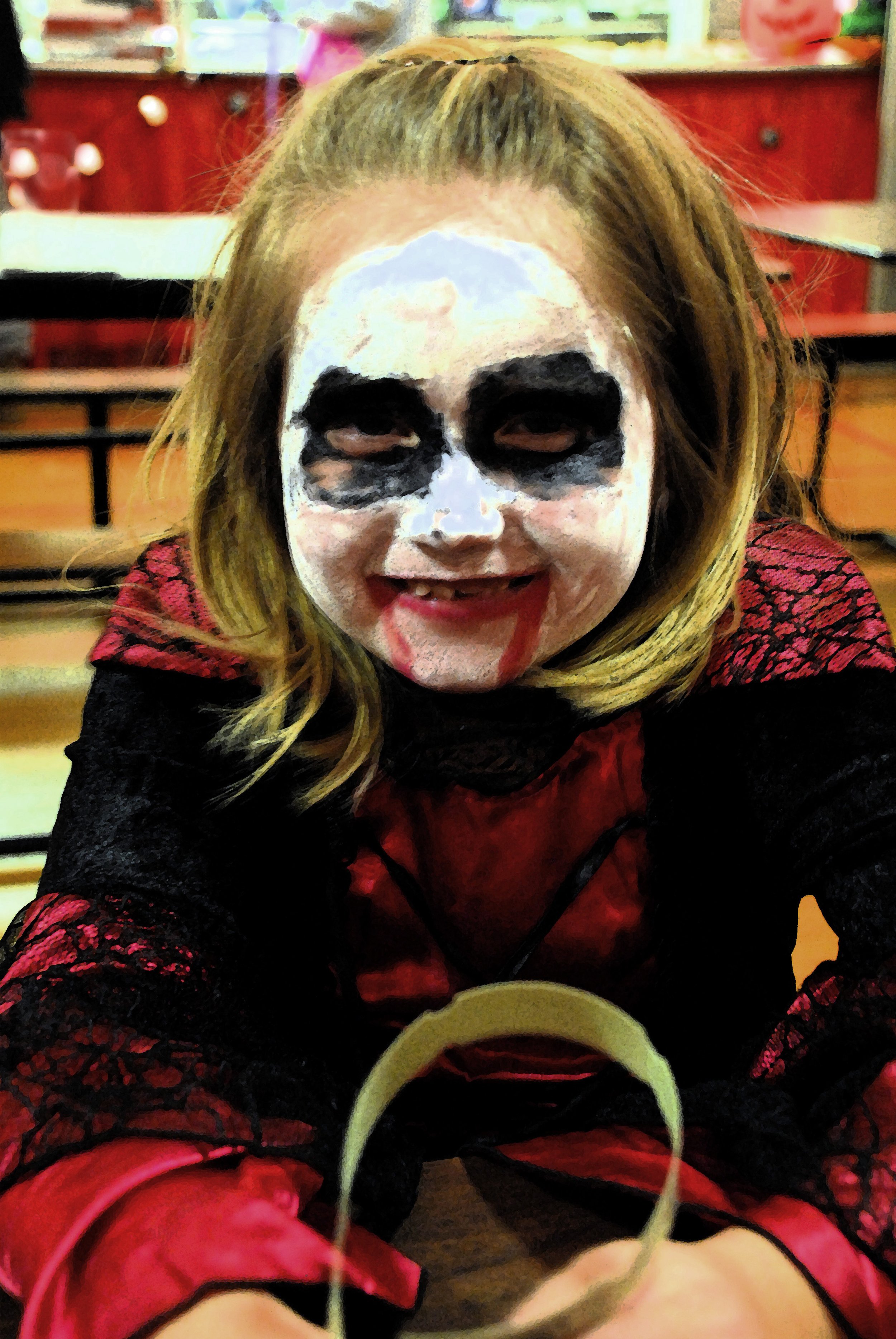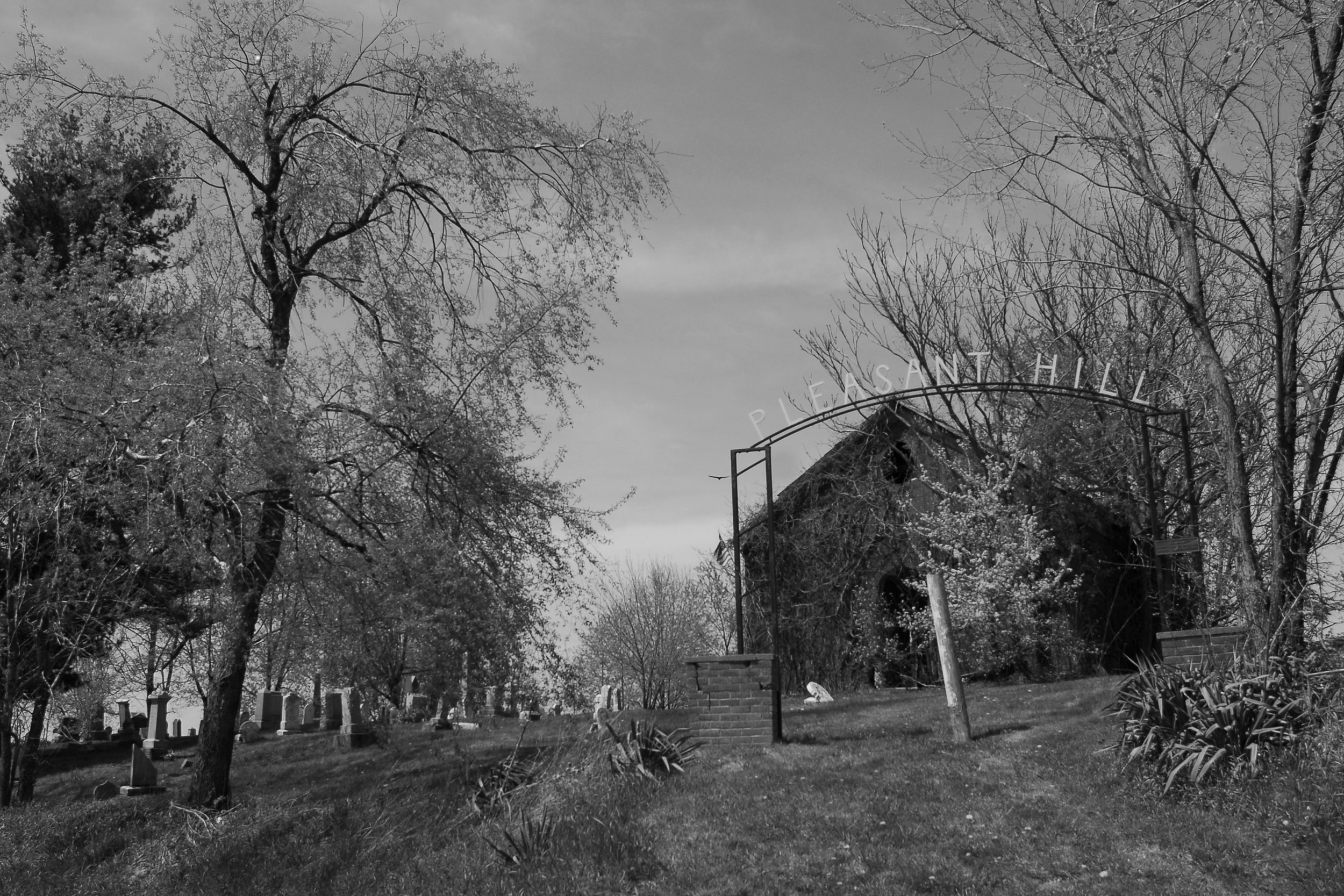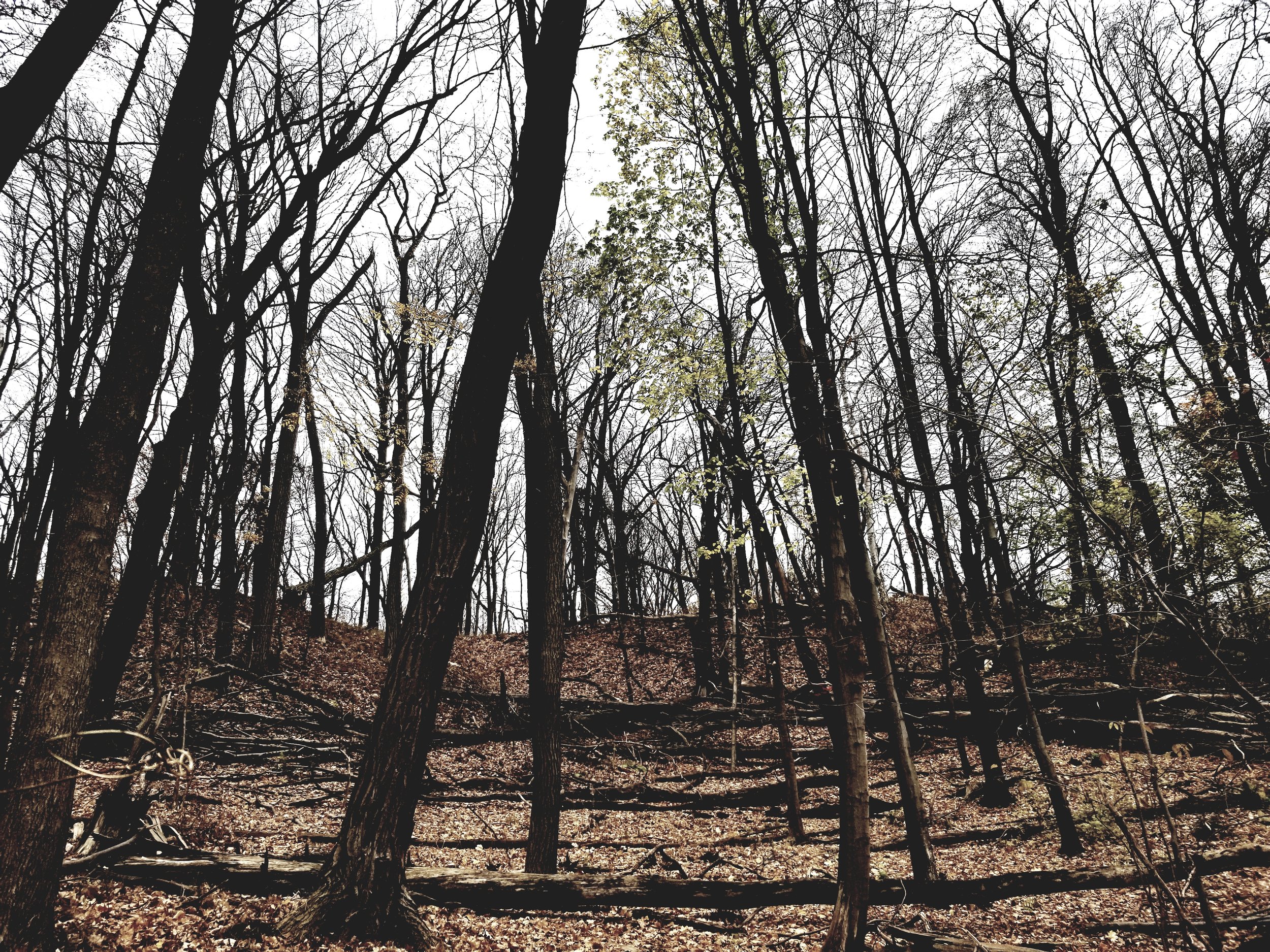The Buzz about a Neighborhood Pollinator Project--#GiveBeesAChance
/This article was written for and appears in the June/July 2023 issue of The WEDGE newspaper. Click here to see the full issue.
Did you know that 87 percent of 115 global food crops depend on pollinators? That’s 100 crops that include tomatoes, apples, alfalfa (fed to dairy cattle,) bananas, coffee, tea, grapes, and chocolate. The United States daily diet would look much different without them. In fact, according to Pollinator Partnership (www.pollinator.org,) one out of three bites of food is produced from pollinated plants.
What are pollinators? They are insects or other wildlife that visit flowering plants to eat or gather nectar, brushing against dusty pollen that adheres to their legs or bodies. As the pollinator moves from flower to flower, the pollen flakes off onto the next flower. Fertilization occurs, resulting in fruit, and, in many cases, food.
Here in New York state, the 400 species of native bees are the most identified pollinators, but, according to Cornell Cooperative Extension, there are many other NY pollinators that keep the ecosystem going: 1,000 species of wasps (many eat other bugs,) 50 species of butterflies, 300 species of moths, and some species of flies. Beetles, the first pollinators, have been pollinating for 95 million years, and the Ruby-Throated Hummingbird is the only bird that pollinates, eating half its weight in nectar at up to 2,000 flowers per day.
Many pollinators have been declining in population over the past two decades, the largest threats being pesticides and loss of habitat from either development or invasive species killing native plants. There are steps, however, that can reverse some of the damage and promote a healthy ecosystem to support growth.
Hickory Street resident Peter Siegrist is from Appleton, Wisconsin. A few years ago, Appleton decided to address the dwindling pollinator issue with a city-wide research study on bees through Lawrence University and a subsequent program called “No Mow May,” where residents allow their yards to grow naturally with dandelions and other flowering weeds for the month of May. This gives pollinators early food to get the season started before other plants begin flowering. He looked at the possibility of a Hickory St. “No Mow May,” but it wasn’t feasible because of multi-resident housing and city-owned Marie Daley Park. However, the block club, Hickory NUTS (Neighbors United Together in Service,) had already installed planter boxes at several sites years ago that residents still maintained.
Siegrist and neighbors discussed planting pollinator-friendly plants in the boxes this spring to encourage local pollinators and decided to add two new boxes in tree lawns as well. Cornell Cooperative Extension provided a presentation for all the neighbors on pollinators, stressing the importance of staging plantings to ensure blooms from early spring until the end of fall and using native plants for local pollinators. The residents constructed the new planters and picked up plants like Echinacea, brown-eyed Susan, sedum, phlox, and sunflowers to fill them. For Rochester Clean-Sweep Day, Hickory St. volunteers shoveled fresh compost full of nutrients into all the planters.
While the gardeners face some urban garden challenges, for example lots of shade from the spreads of old trees, the Hickory NUTS are excited and optimistic about the pollinator project on community and personal levels. This group is a mix of seasoned gardeners and those who have other skills coming together for the bees, the environment, and to contribute to the neighborhood.
“It’s a connection to the street,” says JD Dennis, a Hickory St. resident for 40 years who built the original planters. “This is a community.”
Others, too, cite “camaraderie” and social aspects of the gardens as beneficial, including Siegrist who has lived there just since September 2022.
Jayne Morgan, a resident since 2006, adds that a challenge and benefit of the project is teaching people about the importance of pollinators and the harmful effects of pesticides and climate change on the food chain. Her husband, Gary Loitsch, says that it makes the street beautiful and shows that people care about where they live.
“If everyone could do one little thing [to create a better environment for pollinators,]” Morgan notes, “it would have a positive effect. This is one thing that people can do.”
The Hickory NUTS say the goal is to get other blocks and neighborhoods in the South Wedge—or the city---to follow suit.
“You can feel so small on this Earth,” resident Mary Ellen Dennis adds. “But then you think about the bees: they come together to save the hive.”























































